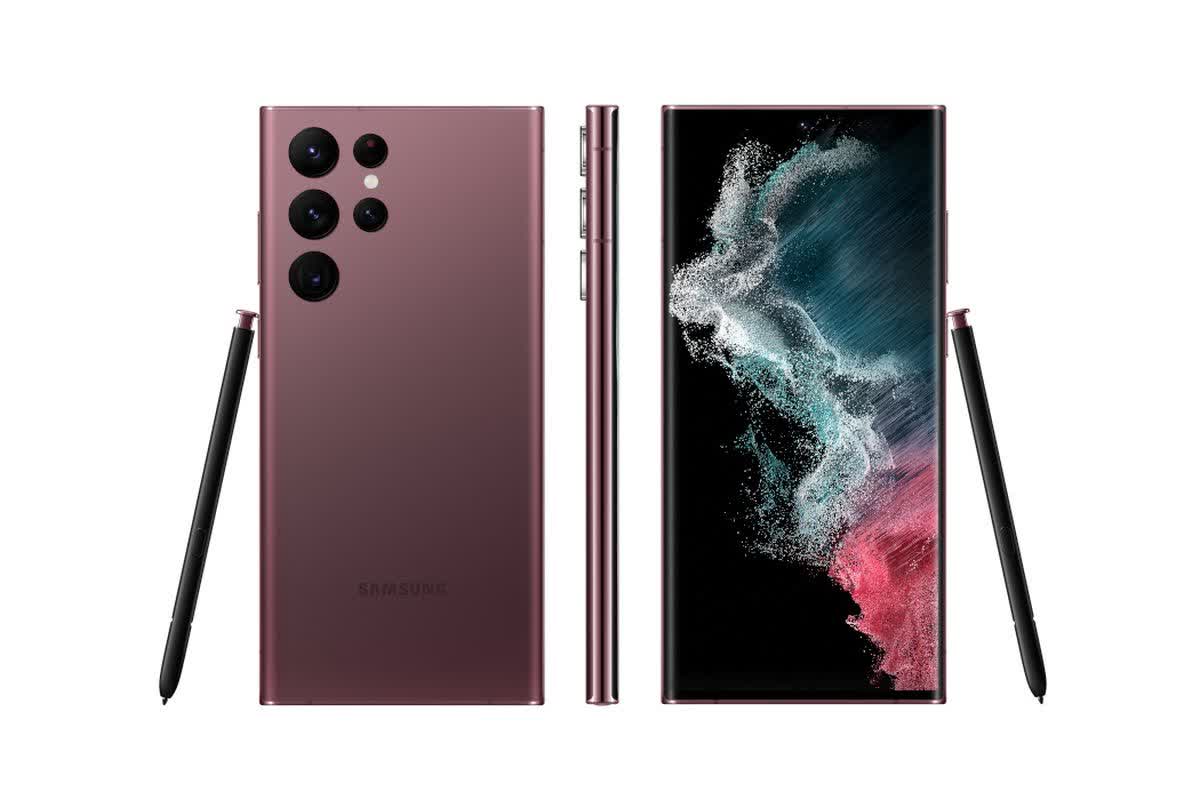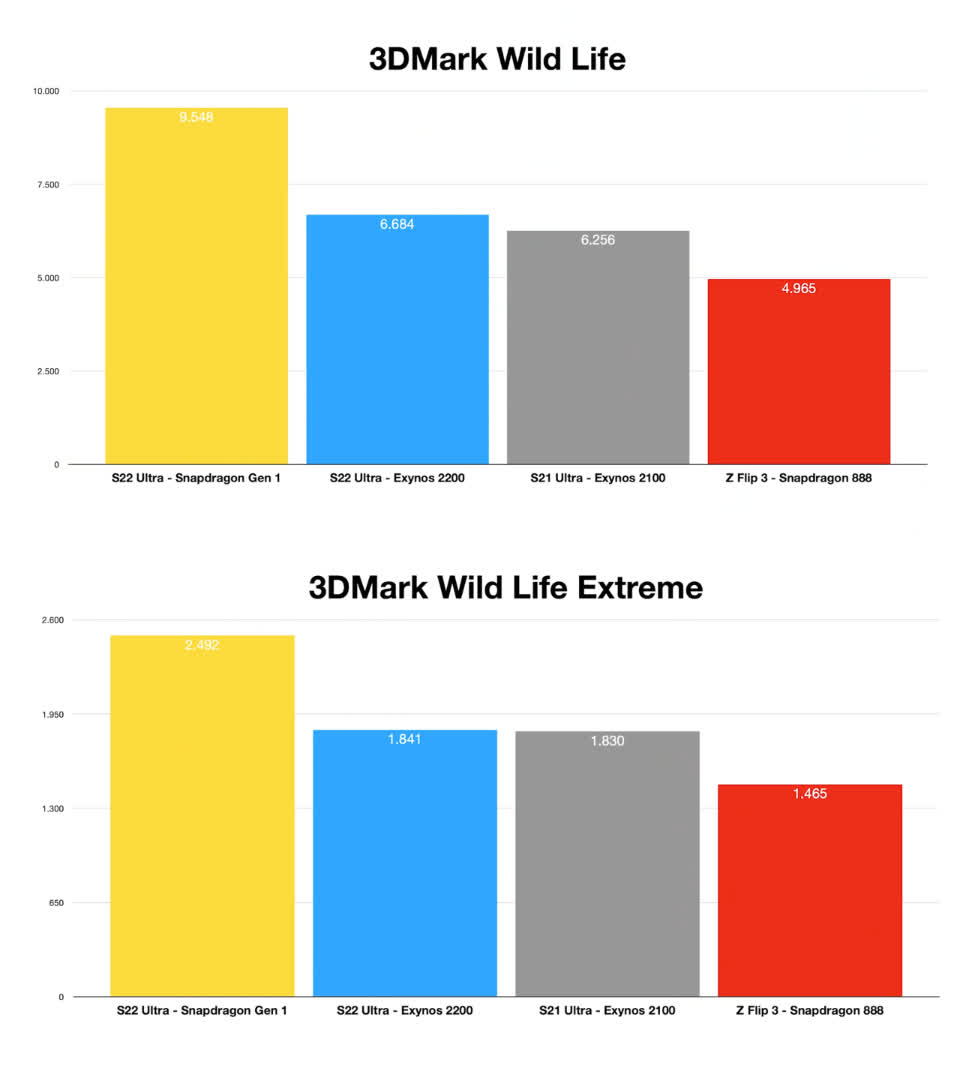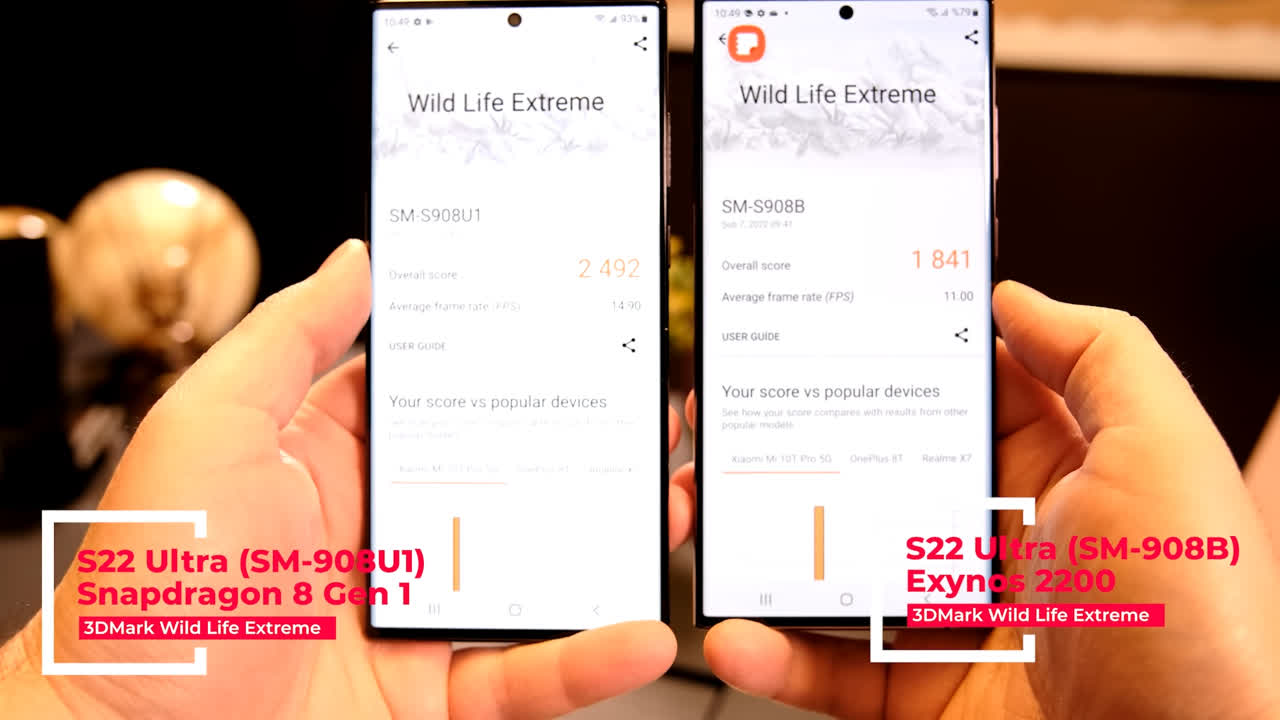What just happened? Samsung was quite adamant that its Exynos 2200 premium mobile platform, based on AMD’s RDNA 2 architecture, will provide the finest experience for smartphone users. However, a reviewer based in Europe has found Samsung’s SoC to be noticeably worse in terms of GPU performance, at least when it comes to benchmarks.

Traditionally, the Exynos vs. Qualcomm debate has always concluded in favor of the latter, as phones, including Samsung’s flagship Galaxy models, have been known to provide superior performance if they’re running a Snapdragon chip inside.
It seemed, however, that Samsung’s new flagship Exynos 2200 SoC announced earlier this year would close that gap, bringing with it unheard features to the mobile space like hardware-accelerated ray tracing and variable rate shading. While we’re yet to see the latter features appear on a mobile game, it looks like Galaxy buyers still need to be aware of which SoC variant they can get their hands on.

As reported by TechPowerUp, Erdi Özüağ, a reviewer based in Turkey, tested both variants of the Galaxy S22 Ultra and found that the European-focused Exynos-powered variant (Xclipse 920 GPU) had a 42 percent performance difference over the Qualcomm variant (Adreno 730 GPU) in the 3D Mark Wild Life benchmark.
This GPU stress test and its extreme version are meant to measure device performance for short bursts of time, mirroring the experience of an intense mobile game. While casual users may not notice the difference in day-to-day tasks and usage, having to compromise gaming/graphical performance in such an expensive flagship device is undesirable nevertheless.

The reviewer also came across a similar conclusion with the GFXBench Manhattan test, where the Exynos-powered S22 Ultra was 30 percent slower than the SD 8 Gen 1 chip. Suspecting the former iGPU’s very low 555MHz clock speed, apparently rated to be 1.3GHz, Özüağ expects Samsung might roll out a software fix to narrow this performance gap.
Although a future software patch may address the issue, at least to some extent, the safer bet for now is to ensure your $1,200 Galaxy S22 Ultra has the Qualcomm SoC.